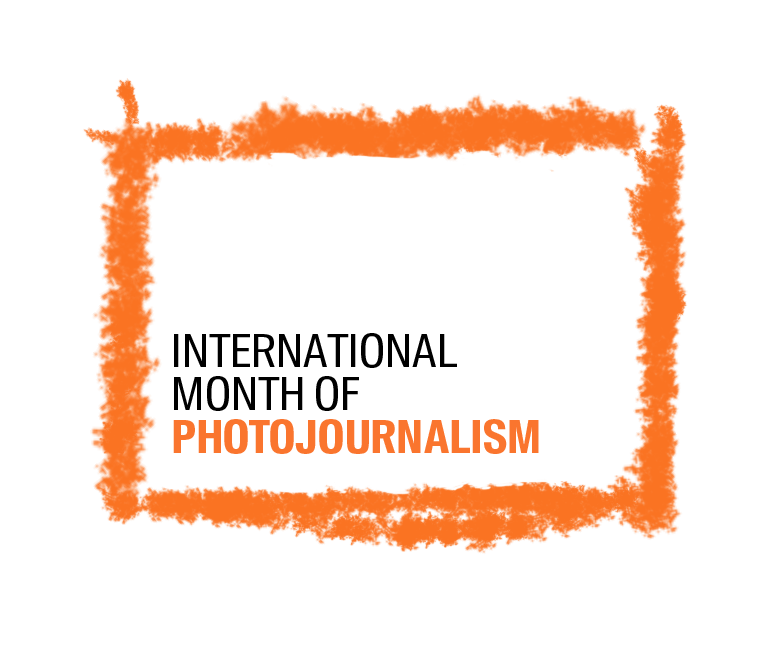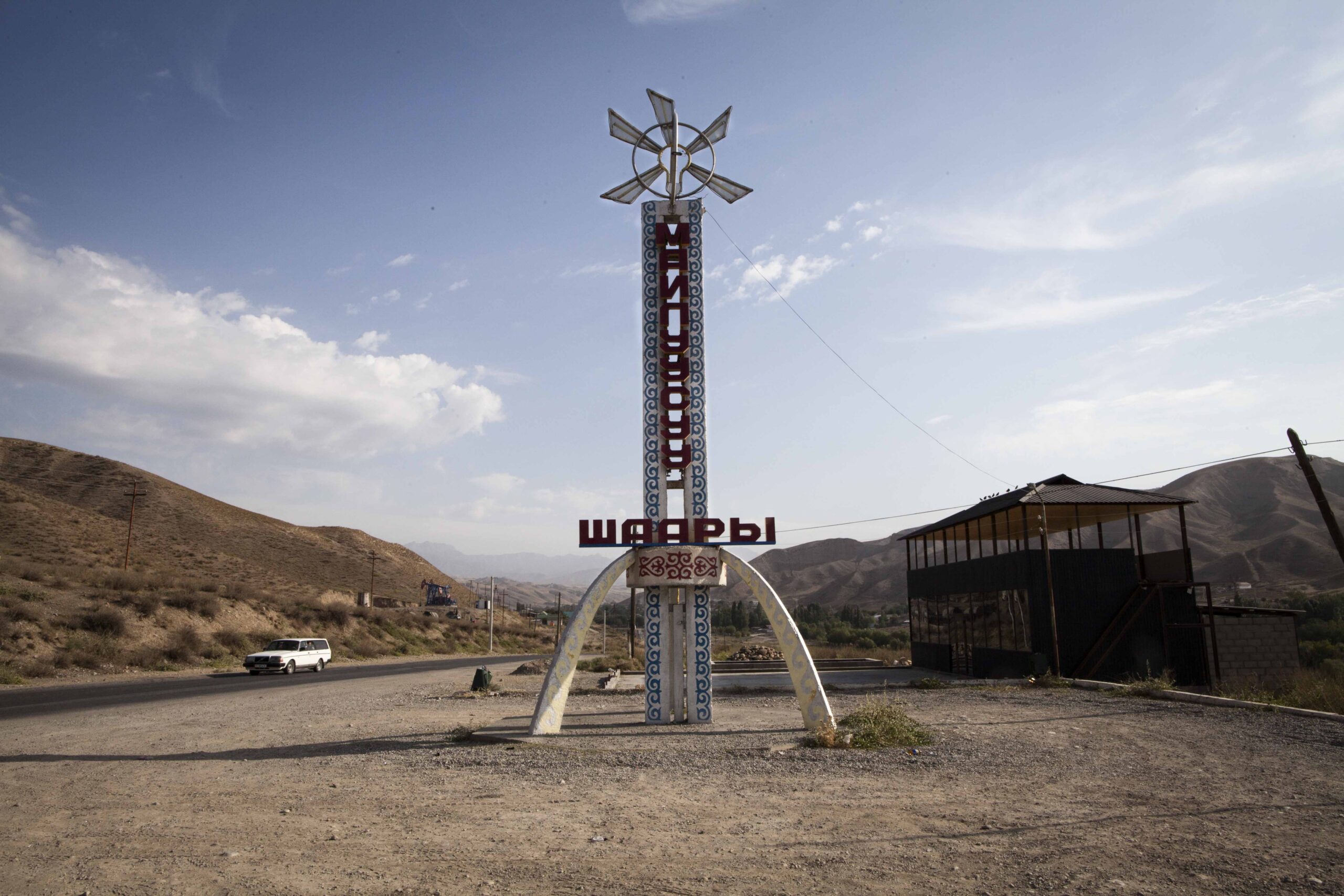
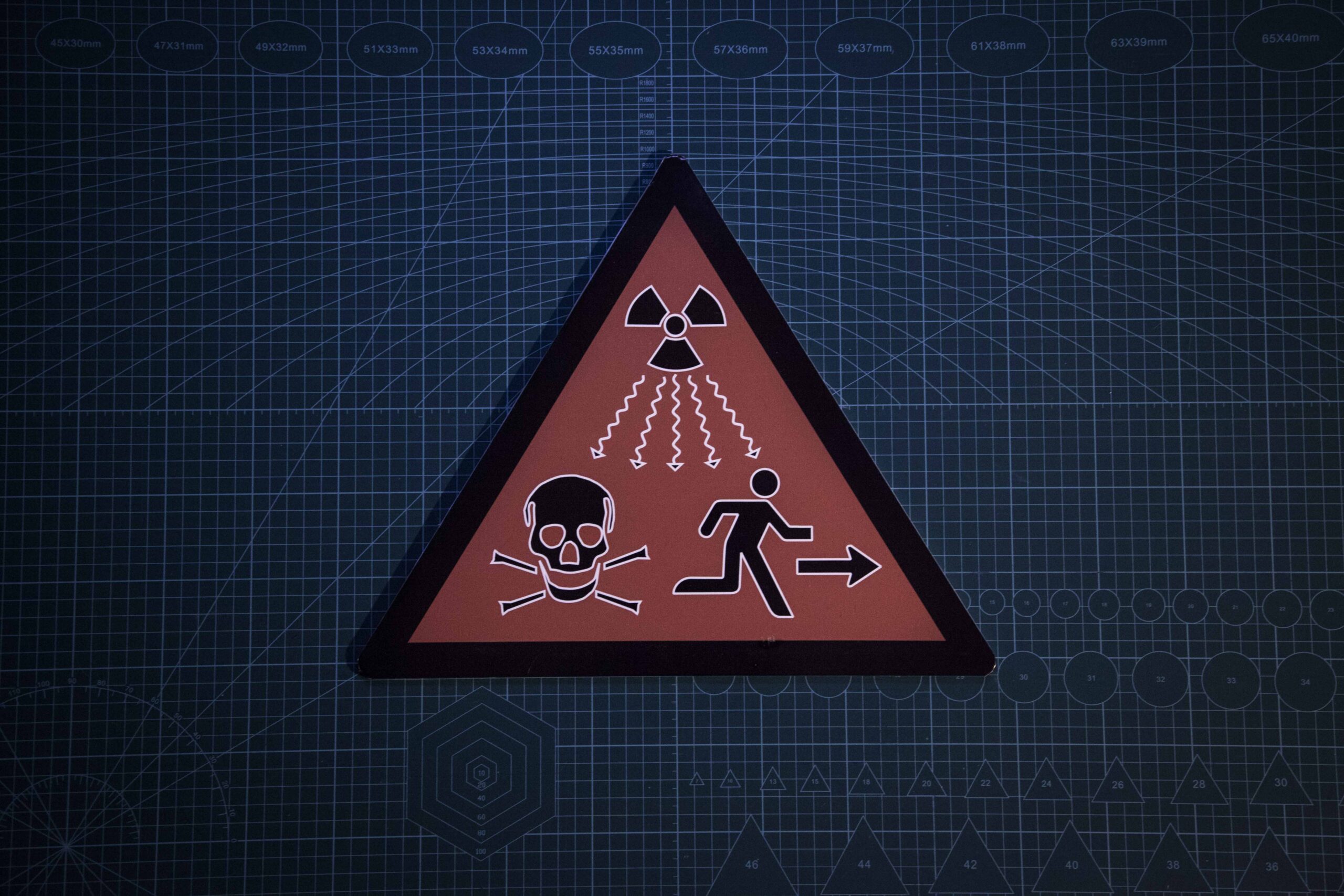
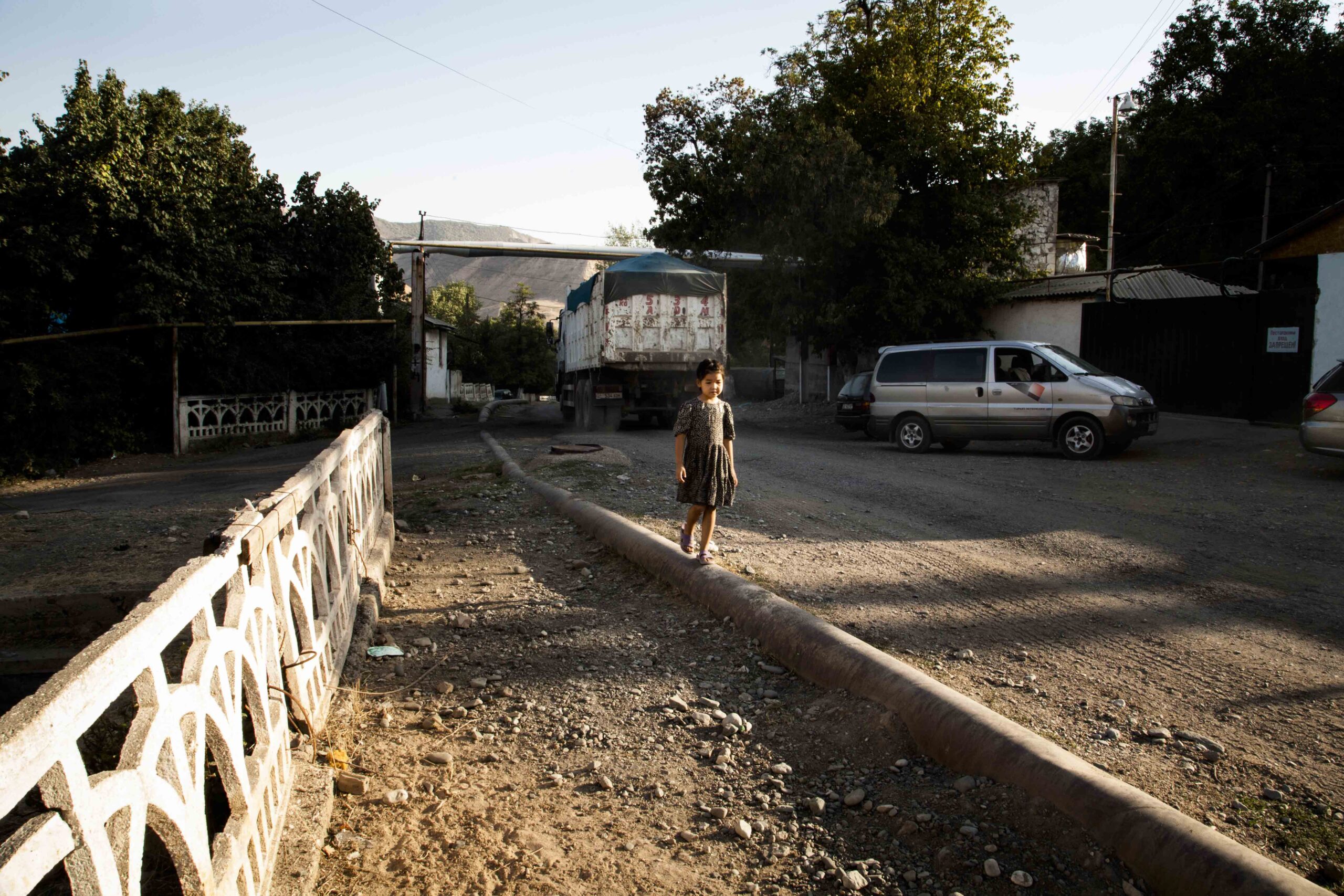
EX SCUDERIE DI PALAZZO MORONI
PALAZZO MORONI
THU TO SUN 10.00 – 19.00
riccardo bononi
“Mailbox #200, The Kyrgyzstan’s Uranium Legacy”
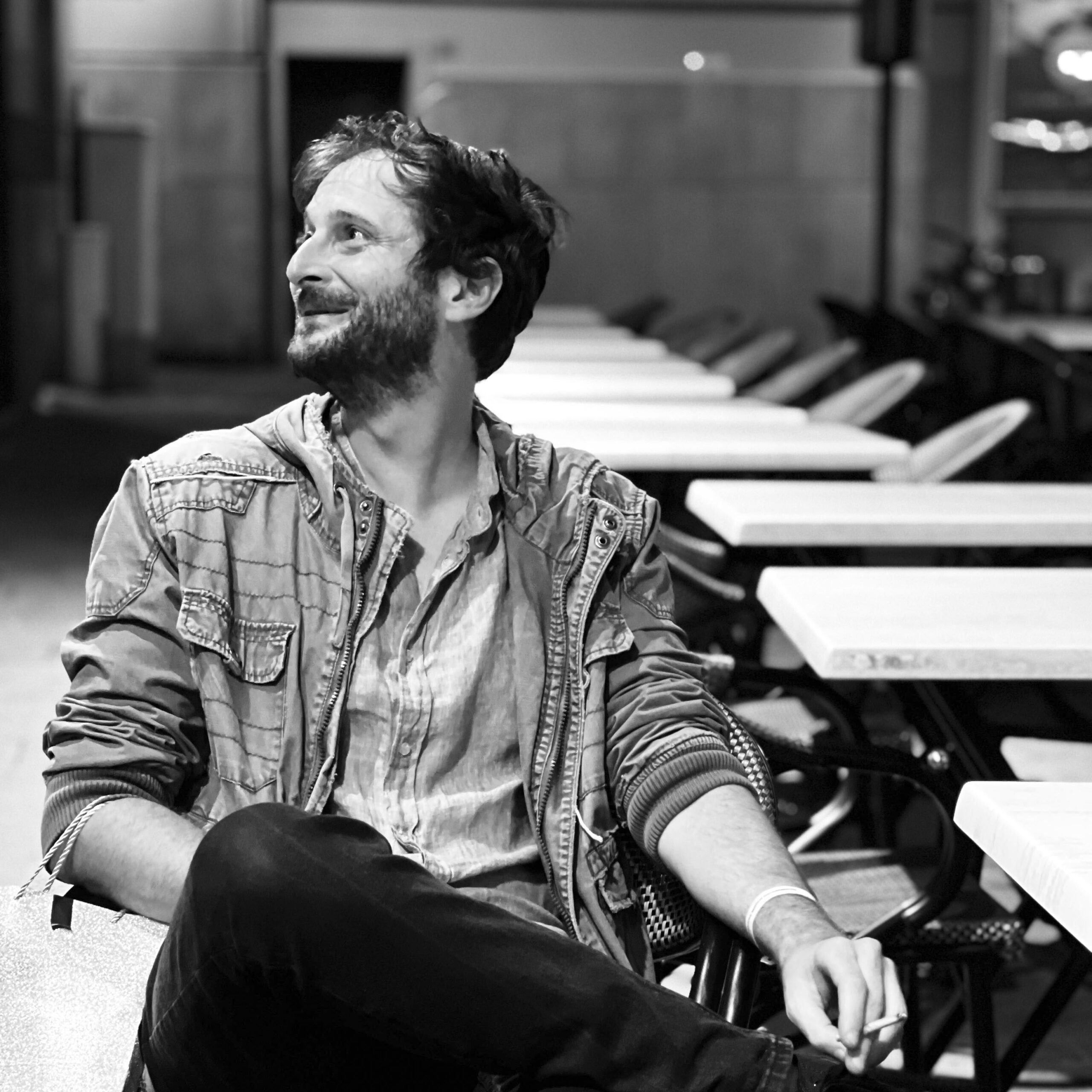
Location: KYRGYZSTAN
The secret village of Mayluu-Suu, identified by the Soviet Atomic Project with just the postal address “Mailbox #200”, was recently included by the Blacksmith Institute among the most radioactive places on the planet, among with Chernobyl and Fukushima, but potentially much more dangerous.
From 1946 to 1968, more than 10,000 tonnes of uranium were extracted and processed here, and were used by the nuclear program to build the Russian atomic arsenal, including the very first soviet nuclear bomb. The uranium was extracted by prisoners of the gulags, Russian or German, totally unaware of the radioactive nature of the mineral extracted, and transported by donkeys without any safety measures.
After the collapse of the Soviet Union, 2,000,000 m³ of radioactive waste were abandoned, buried in the mountains surrounding the city, along the river. The latest measurements from the UNDP detected radioactivity levels of 500 nSV/h, with peaks of 5000 nSV/h near the most compromised sites. But the potential environmental damage is even greater: built in a seismic zone subject to frequent landslides and mudslides, the waste deposits represent a danger of large-scale contamination of the entire Fergana Valley, with its 12 million inhabitants.
Contamination of the aquifers and the river already represents a real threat to the local population, which according to WHO has the highest rates of thyroid, gastrointestinal and endocrine system diseases, cancer, Down syndrome and numerous fetal pathologies in the entire country. Despite the major threat for their health, local population refuses to leave, minimizing or even denying the problem. Life there, although statistically significantly shortened, continues to flow, as if the citizens did not want to believe in a killer – the radiation – that their eyes cannot see.
ABOUT RICCARDO BONONI
Graduated in two different fields of social sciences, Psychology and Anthropology, since 2010 Riccardo worked as visual anthropologist at the Irfoss Institute in Padua, Italy. In 2016 he started teaching at the University of Padova (MA in “Death Studies & the End of Life” and MA in “Creative Arts Therapies”) and since 2022 he is the director of the educational annual program in “Visual Journalism and Documentary Photography”.
As a photojournalist since 2015 his projects are represented by the international photography agencies: Prospekt Photographers in Milan, Institute Artist in Los Angels and Parallelozero in Rome.
Since 2019 he is the Art Director of IMP – International Festival of Photojournalism in Italy.
While combining photography and audiovisual as privileged research approaches, he has been working in Africa, South and North America, Asia and Europe. Since 2006 he worked as a field researcher in Madagascar, where he is conducting a long term project focusing on social issues.
Among other recognitions, in 2015 he was nominated “Best Photographer of the Year – Professional Sport Category” at Sony World Photography Awards. His pictures have been exhibited in London, Rome, Berlin, Bucharest, Paris, Beijing and Lishui, and have been published by several major international magazines.
In his vision, documentary photography is much more than a mere tool for data collection: it is the base for an universal language, a bridge between people and places that allows to overcome the invisible borders among cultures.
